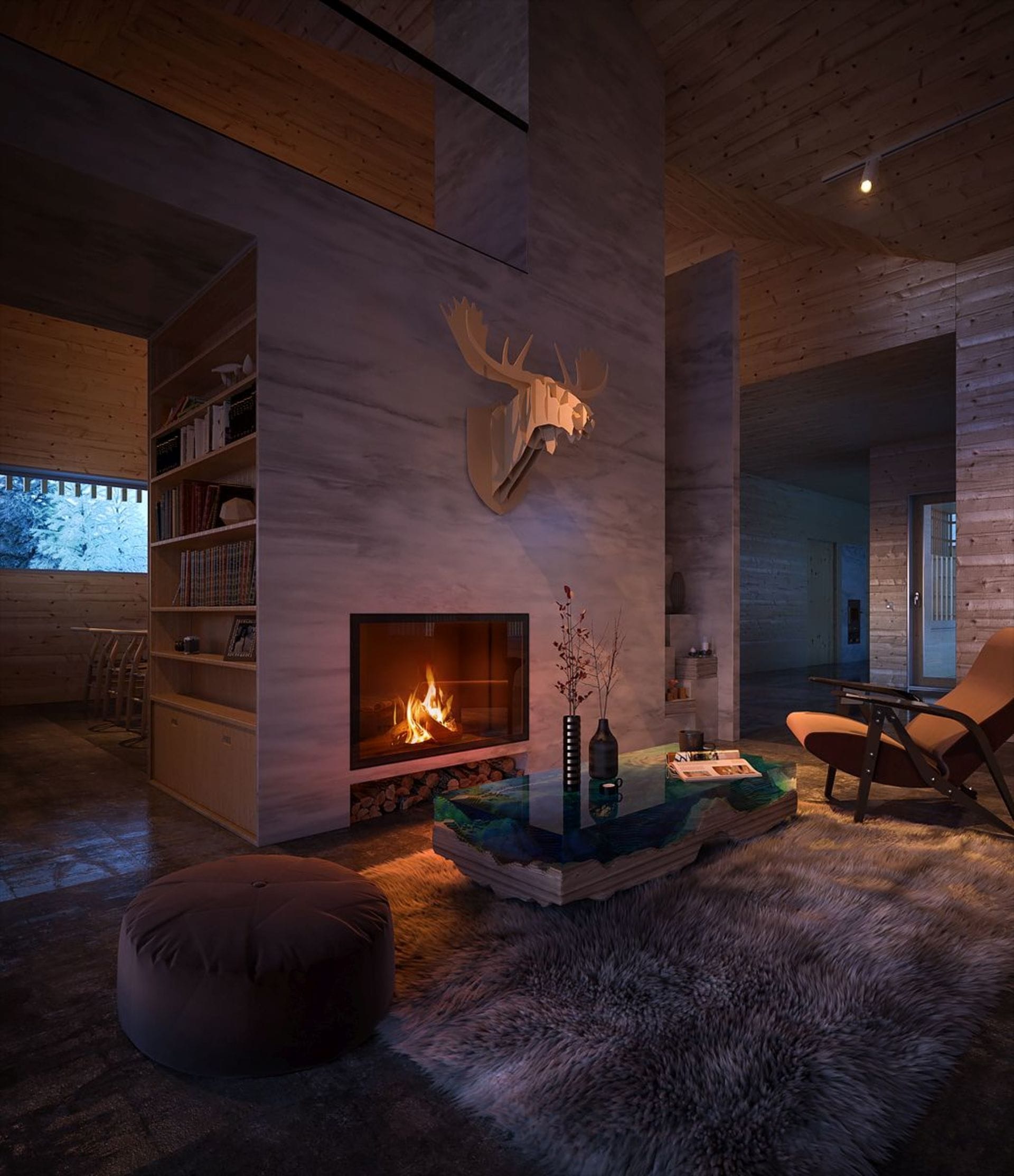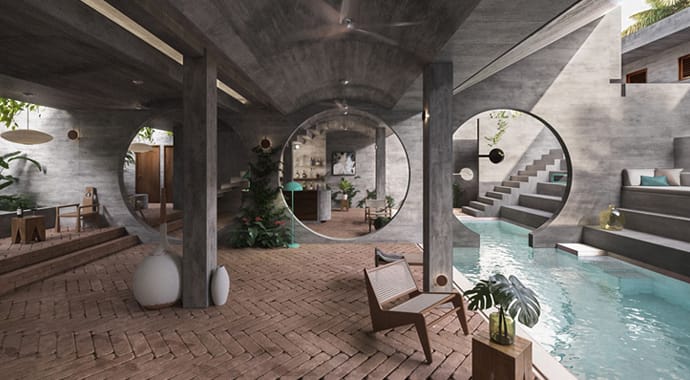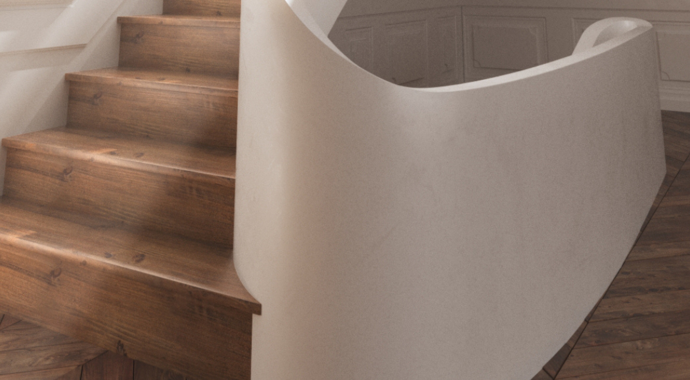How SoA went from five guys in a room to one of the world’s most revered arch viz institutes.
When business partners Gianpiero Monopoli, Roberto De Rose and Manuela Grandesso founded an architectural visualization studio a few years ago, they faced an unexpected problem: finding new talent. While there was some impressive work in the CVs and portfolios which eagerly filled their mailbox, the overall quality wasn’t good enough to compete in lucrative international markets.
At the same time, the trio had taken part in several national events, and everyone they met told them the same thing: they should organize some courses to share their expertise on architectural visualization. State of Art (SoA) Academy was born to give them a platform, and to give architectural artists the knowledge they needed to fill their portfolios with natty images, and land their dream jobs.
Only five guys - all Italian - turned up for the first SoA Masterclass, held six years ago in the unique, sea-encroaching city of Venice. But it was enough to set the ball rolling. As word of mouth spread, training requests flooded in. Today it offers a range of courses to an array of international students.
“SoA Academy has trained artists from all over the world, and for us this is a great source of pride,” says Monopoli. “Some of our students have gone on to work for the most important architectural studios in the world, and others simply continue their successful professional career. We strongly believe that this should be the main goal of a training center.”
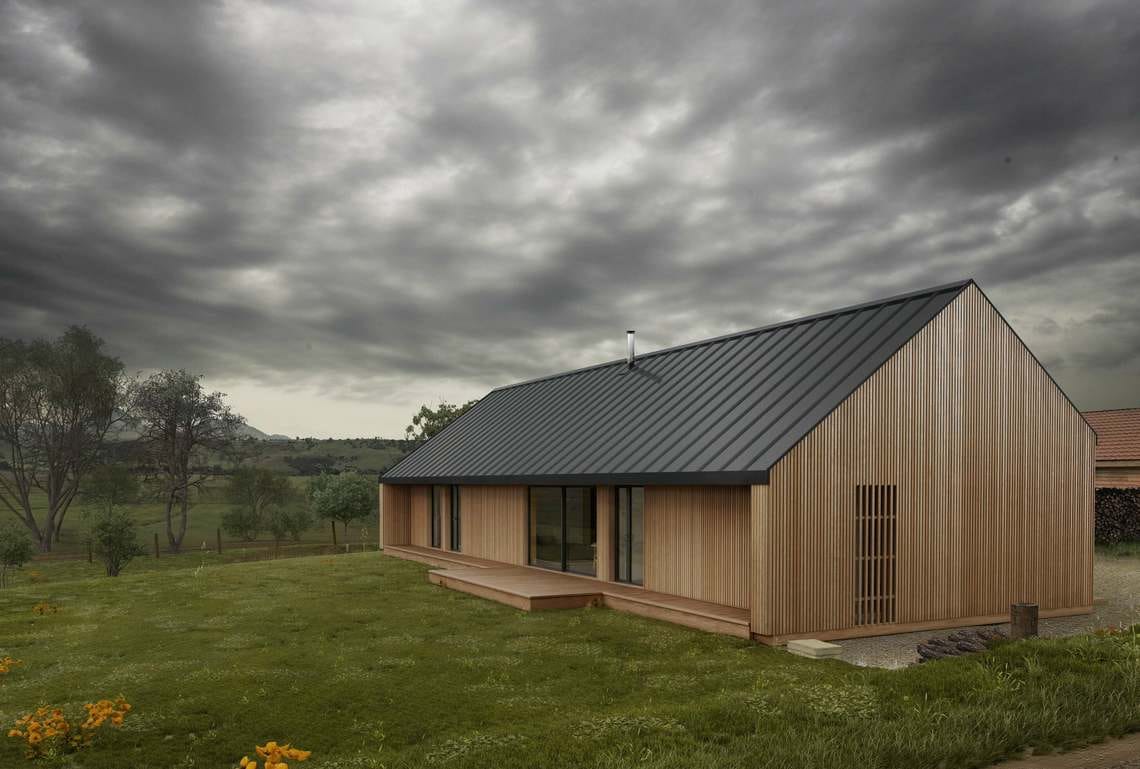
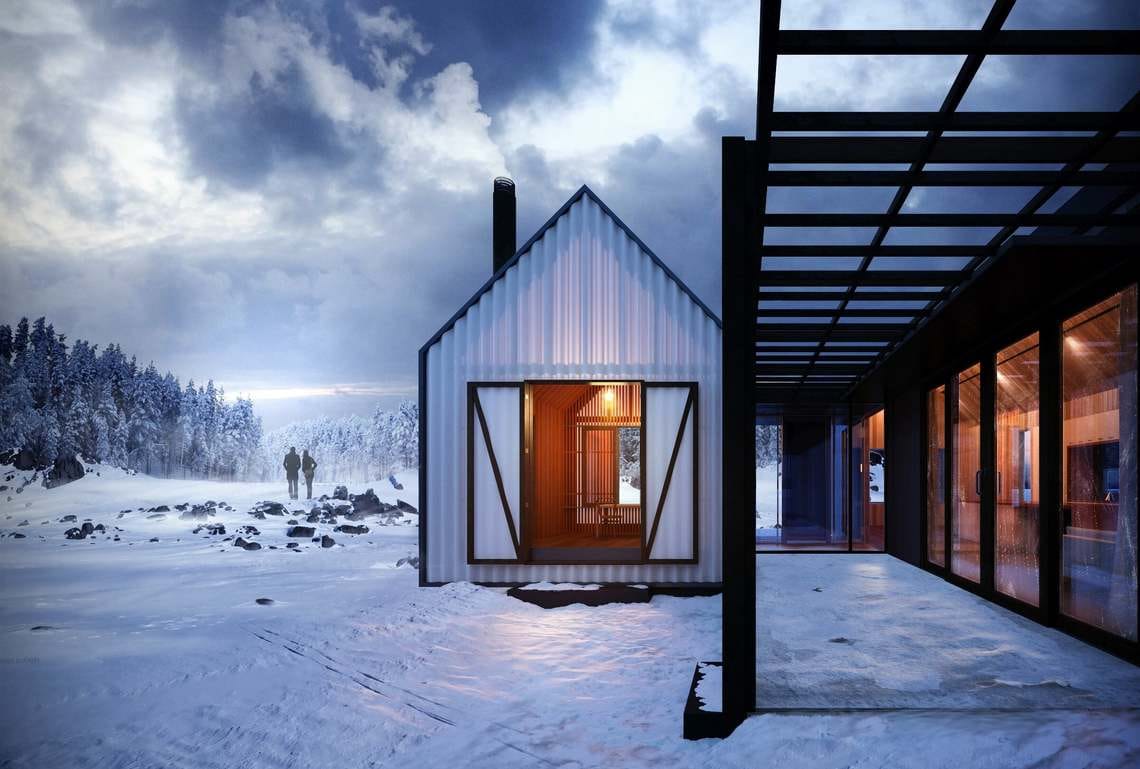




The SoA team is made up of senior 3D artists and professionals who find time to teach while they work on studio projects. The team members have their own area of expertise and are artists first and foremost.
Training artists who will define the future of the arch viz industry is no easy task. The team has to stay on top of the complex, ever-changing theories behind architectural visualization, and understand how to put them into practice. “The artists who attend our courses already know the topics described in books,” says Monopoli. “This is why the passion and experience of the team is what they need to make a step forward in quality.”
One SoA Academy graduate agrees. Benny Guzman was at a stagnant stage in his career, when looking at online tutorials wasn’t helping, so he enrolled at an SoA class. “It was the best decision I ever made,” he says. “The instructors taught me how to create an image from start to finish but beside the classes I had a lot of fun and met other artists from around the world.”
Benny now works for the CG team at creative communications company DBOX’s New York studio. His role involves collaborating with graphic and digital designers, alongside CG artists, on marketing and branding related projects.

Academy Day
While the SoA Academy runs week and month long courses, it’s become best known for its Academy Days. These were created as a way to take people out of internet forums and into the real world.
“When we started SoA as a studio project, we received appreciation and support for our work,” says Monopoli. ”But all conversations happened virtually, and this led us to think how nice it would be to meet at least once a year - finally get to know these people, and talk about our industry and trends.”
Academy Day consists of two days of lectures and workshops in an informal environment. The attendees can meet, discuss, grow, establish relationships and explore new business opportunities. The event is aimed at the architectural visualization industry and every year the most important studios and professionals in the world come to the event. The last edition set a record, with delegates from over 30 countries, and next year’s is set to be even bigger.
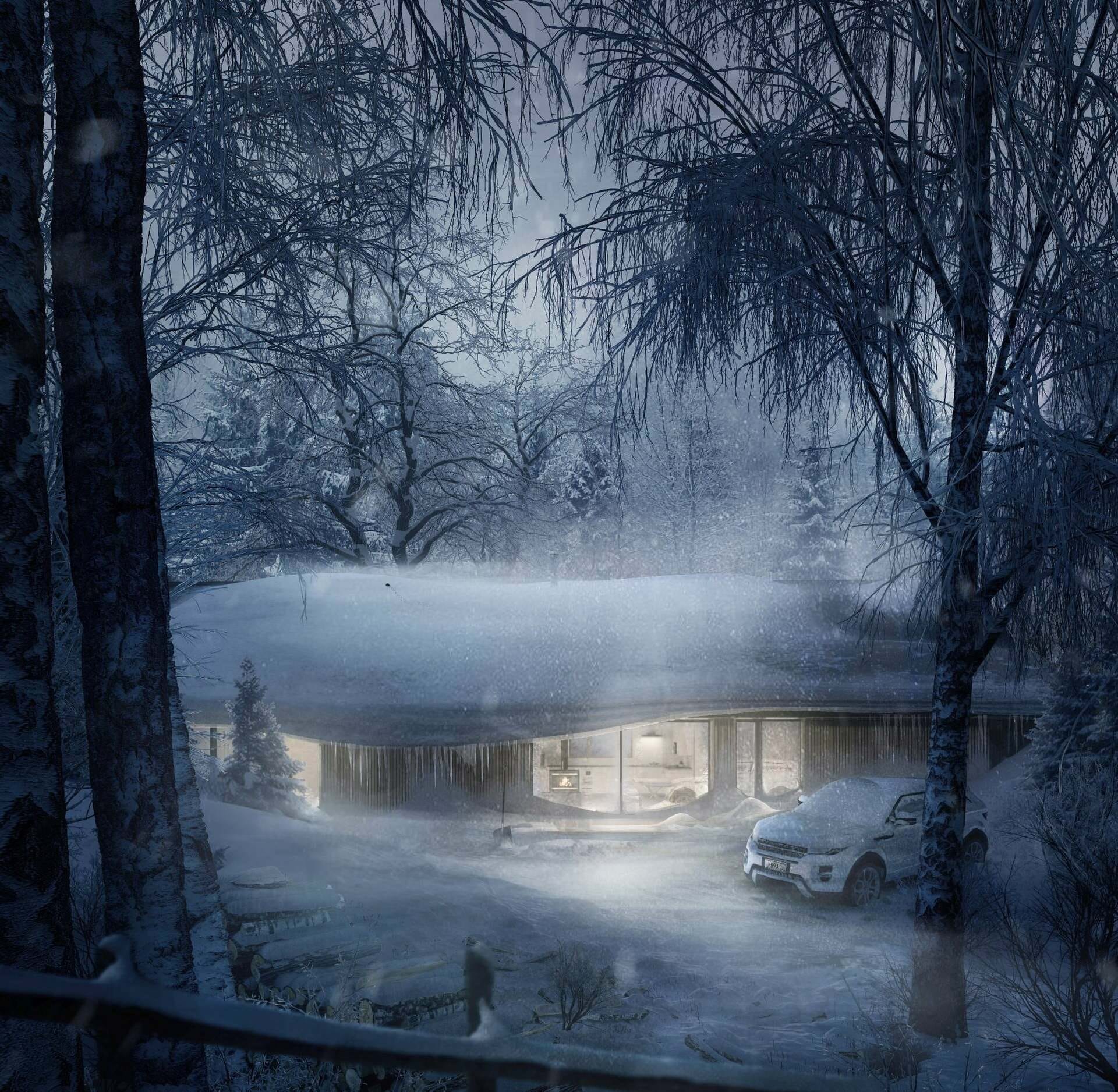
Courses at SoA
With a track record of successful courses and happy students who landed their dream jobs, one cannot help but wonder how Monopoli and his partners were able to achieve all this. His answer is surprisingly simple: “SoA Academy is a place where students can experiment and fully understand all the issues underlying our world. They can develop their technical and artistic skills helped by our senior artists. For these reasons we like to define SoA Academy as the best place to learn the art of architectural visualization.”
Architectural Visualization Masterclass - A one-month course in which students have to deal with a real project. They start with the basics of arch-viz and then learn all the steps to produce high-quality images: from modelling to rendering with V-Ray up to the final post-production. Small class sizes (up to 12 people) allow for a mentoring approach tailored to each student.
“During the Masterclass we lead students to be very skilled in the use of V-Ray, and we offer professional certification to those interested,” says Monopoli. “The certification exam is a test that leads students to be fully aware of their level of knowledge on the software.”
Through V-Ray certification, students are recognized by Chaos Group as product specialists, and they can present themselves to employers with this distinct advantage. They can also compete for positions closely related to the use of the software when rendering.
Gianpiero Monopoli, State of Art Academy
Advanced Arch Viz – This course is focused on creating basic and advanced lighting, shading and rendering skills with Chaos Group’s V-Ray. Over one week, the course provides artists with an industry standard workflow, and produces an excellent result, no matter what the image.
Advanced Post-Production - A one-week course entirely based on the post-production of images created in the rendering engine. From a raw render, students go through the techniques to take the image to another level, or they are led to create an image as if it is a matte painting. This type of know-how is in short supply in the arch viz industry, especially in architectural competitions where tight deadlines mean a full 3D approach isn’t viable.
Events with International Artists – Guest lecturers will take these one-week masterclasses. More details will be announced soon.
